Table of Contents (click to expand)
Fighter aircraft use steam-powered catapults on battle carriers to get launched into the air due to the absence of a full runway.
The sight of aircraft taking off and landing has always mesmerized me, as both a child and an adult. If you have ever had the opportunity to board an aircraft by stairs, instead of air bridges, the sheer length of the runway you had to walk might amaze you.
Obviously, this is because airplanes need lots of space to take off and land!

However, fighter aircraft, owing to the critical nature of their operations, might not always have this long-distance luxury. To expand their presence, they are placed at sea on specially crafted ships called battle carriers.
However large these carriers may be, they cannot be as long as land runaways themselves. How then can fighter pilots take off and land their aircraft in the absence of adequate real estate? The secret lies in one of our toys from childhood!
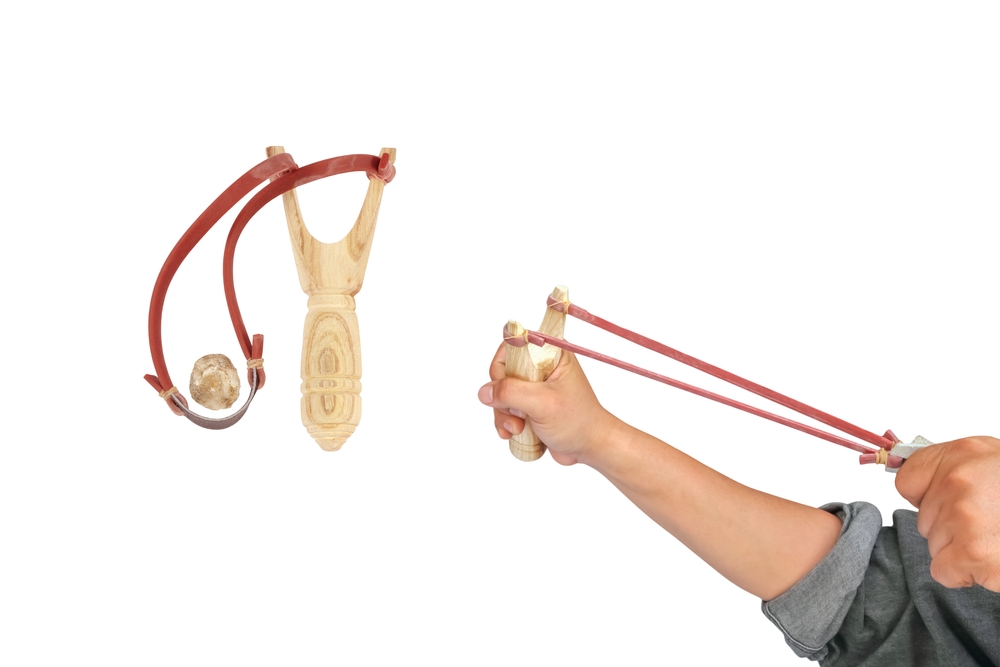
Catapulting Aircraft Into The Sky
Using a slingshot or catapult makes easy work of throwing objects long distances. The principle behind them is the conversion of the stretched rubber sling’s potential energy into kinetic energy for the projectile.
As to how effective this is, it can shrink take-off distance to a mere 300 feet, as compared to a full-length runway of 2100 feet or more!
This simple principle also drives battle carriers that must launch aircraft into the skies without a full runway. Here’s a glimpse.
Instead of using rubber slings, aircraft carriers use a steam-powered catapult to send planes airborne. The steam-powered catapult comprises equipment under the deck working in tandem with the aircraft’s front wheel landing apparatus.
Under The Deck
Below the deck is a storage unit or accumulator containing steam from the ship’s internal machinery. The steam is fed into a multi-cylinder piston arrangement, with the pistons locked in place, causing a buildup of pressure. Each piston has a lug that extends from underneath through a gap in the deck. These lugs are connected to a shuttle that will eventually carry the plane to its takeoff speeds.
The steam catapult comprises a pressurized cylinder piston arrangement that attaches to the front landing gear of the aircraft
Over The Deck
When the plane is in position for takeoff, the front wheel is attached to the shuttle by means of a ‘tow bar’. Upon takeoff, the tow bar carries the plane with the shuttle to the end of the runway. At the same time, another retention mechanism called the holdback attaches to the back of the shuttle and the wheel. When the pilot turns the engines on, the aircraft is still attached to the catapult, and the holdback prevents the aircraft from taking off prematurely.
Take Off
After conducting pre-flight checks, ground crew check for pressure in the pistons and raise the jet blast deflector (JBD). The JBD is an inclined platform placed directly behind the jet’s exhaust to prevent its wind blast from damaging other equipment on board. Upon takeoff, the pilot cranks the engines to full capacity and the catapult operator releases the locked pistons.
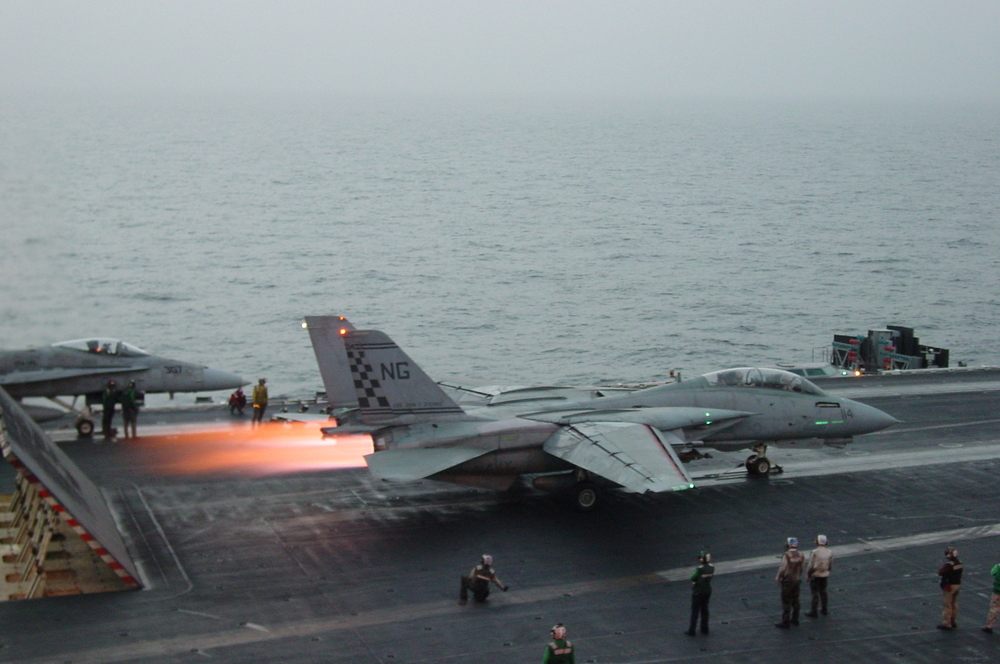
The energy built up due to accumulated steam releases the holdback and accelerates the aircraft. When the end of the runway is reached, the tow bar detaches from the shuttle and the plane goes airborne. The shuttle can then be retracted and the process repeated, all over again.
Steam catapults are capable of accelerating aircraft from rest to 170 miles per hour in a mere 2 seconds and in a distance of under 300 feet! The catapult is further assisted by the wind velocity across the deck, which provides the aircraft wings with the necessary lift to take off.
Also Read: Why Don’t Space Shuttles Take Off Like Airplanes?
Landing Aircraft On To The Battle Carrier
The beauty of aircraft taking off and landing on battle carriers lies in the simplicity of their operating principles. For instance, if a catapult can explain takeoffs, then a hook and loop arrangement can explain how fighter planes land on carriers.
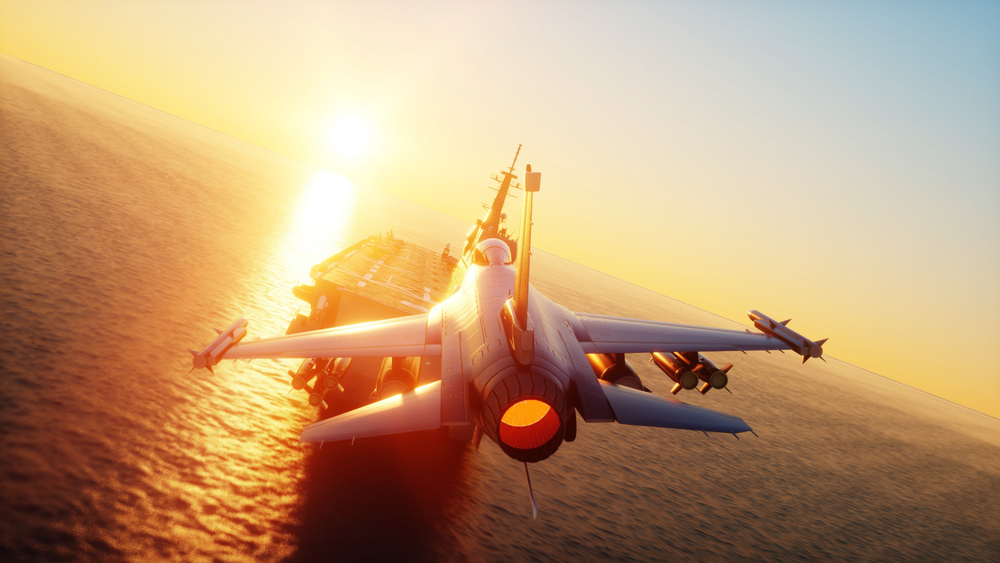
If a hook gets caught in a loop, any further progress of the hook away from the loop is restrained. Similarly, the landing gear of the aircraft is deliberately entangled in steel cables upon touchdown to bring it to a halt. Let’s understand how this process works.
All aircraft landing on battle carriers must be equipped with a tail hook, which must catch on to steel arrestor cables that are stretched on the deck. These steel cables have high tensile strength and are connected to a hydraulic system below the deck. To accommodate various incoming speeds and aircraft momenta, 4 cables are successively laid out.
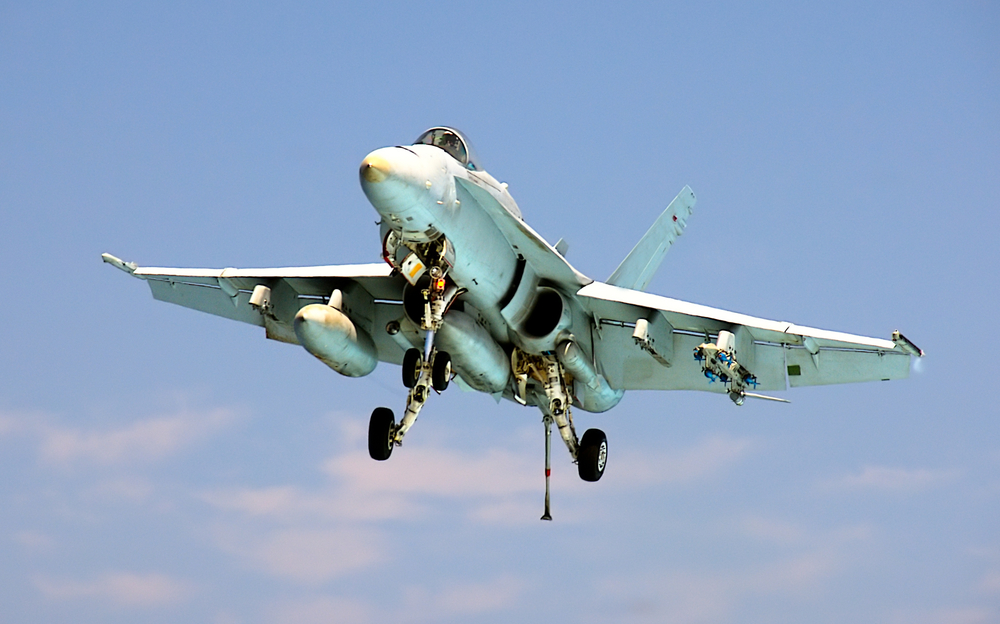
A descending aircraft will lower its tail hook in an attempt to catch one of those cables, the ideal choice being the second or third cable. When the cable snags into the tail hook, it extends from under the deck, while loading the hydraulic system. The hydraulic system comprises different pistons connected to the arrestor cable, which push against a reservoir of fluid. This has a dampening effect that rapidly reduces the rate at which the cable extends. This brings the plane to a halt in a very short distance, as little as 320 feet.
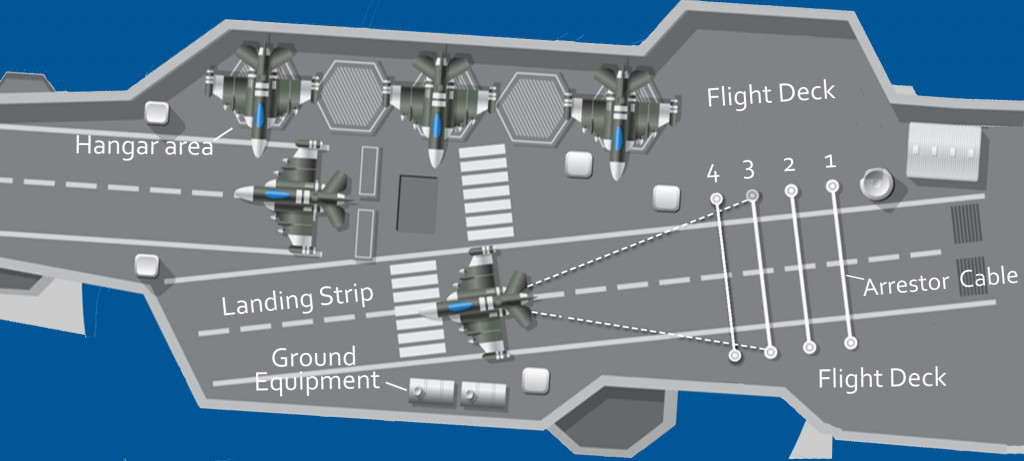
To put the hydraulic system’s capability into perspective, here’s an interesting fact. Upon touchdown on the ship’s deck, the pilot pushes the engines to full blast! This is done to ensure that the plane has enough power to be able to take off again, should the attempt to snag the arrestor fail. Thus, the landing gear on deck is fully capable of bringing an aircraft—with engines roaring at full power—to a complete halt.
Also Read: Can Airplanes Taxi To The Runway On Their Own Power?
A Final Word
As simple as taking off and landing on a battle carrier is in theory, the execution is incredibly complex. One may think that if all aircraft could be catapulted and landed like this, we could potentially reduce the huge areas occupied by airfields. However, both of these maneuvers are fraught with extreme risk of failure, and are best suited for light aircraft only.
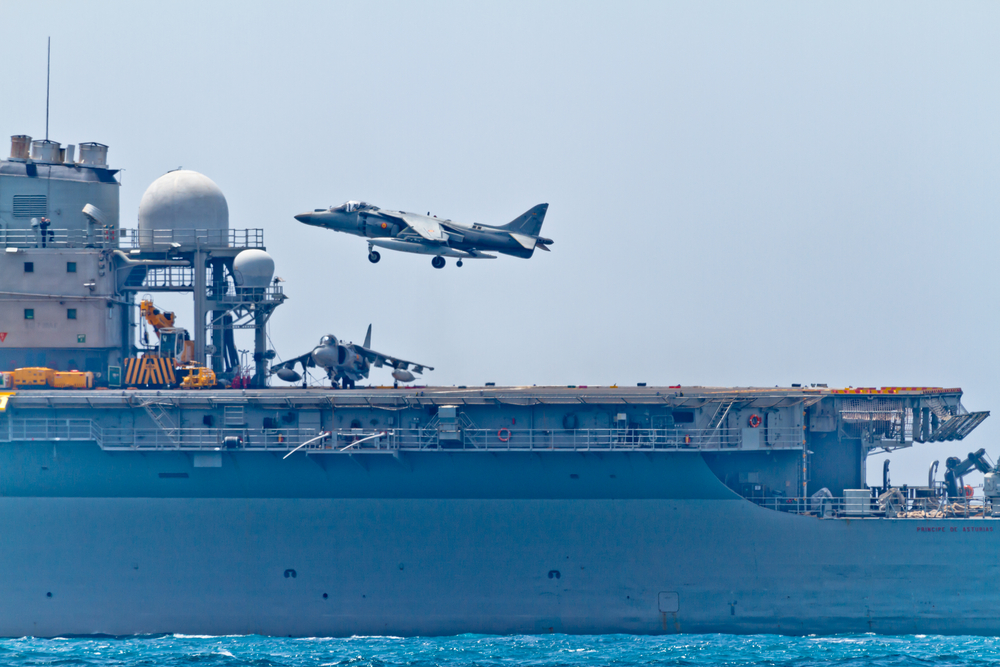
Another important thing to note is the extreme G forces that act on pilots during takeoff and landing. Fighter pilots are consistently trained to withstand such environments, whereas civilians are not. Vertical takeoff and landing (VTOL), Unmanned aircrafts and electromagnetic launch systems are some technologies in this space to watch out for in the years to come!
Also Read: How Low Must Aircraft Fly To Avoid Radar Detection?
How well do you understand the article above!

